very interesting articles on CFM and makeup air; 250 cfm suffices
scrappy25
10 years ago
Featured Answer
Sort by:Oldest
Comments (11)
rovo
10 years agopalimpsest
10 years agoRelated Professionals
Fox Lake Kitchen & Bathroom Designers · Owasso Kitchen & Bathroom Designers · South Farmingdale Kitchen & Bathroom Designers · Holden Kitchen & Bathroom Remodelers · Glade Hill Kitchen & Bathroom Remodelers · Avondale Kitchen & Bathroom Remodelers · Lomita Kitchen & Bathroom Remodelers · North Arlington Kitchen & Bathroom Remodelers · Pico Rivera Kitchen & Bathroom Remodelers · Mountain Top Kitchen & Bathroom Remodelers · Burr Ridge Cabinets & Cabinetry · Maywood Cabinets & Cabinetry · Mount Holly Cabinets & Cabinetry · Prospect Heights Cabinets & Cabinetry · Roanoke Cabinets & Cabinetryck_squared
10 years agoscrappy25
10 years agoUser
10 years agopalimpsest
10 years agocooksnsews
10 years agormtdoug
10 years agopalimpsest
10 years agorosie
10 years ago
Related Stories

KITCHEN DESIGNHow to Choose the Right Hood Fan for Your Kitchen
Keep your kitchen clean and your home's air fresh by understanding all the options for ventilating via a hood fan
Full Story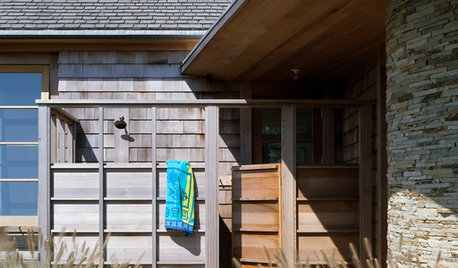
GREAT HOME PROJECTSHow to Add an Outdoor Shower
New project for a new year: Experience bathing in a whole new light with a shower in the fresh air
Full Story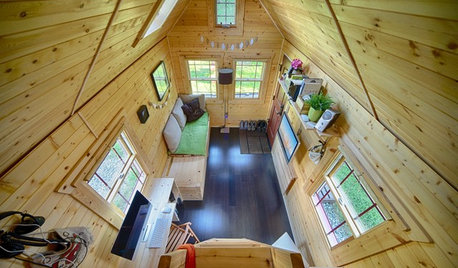
INSIDE HOUZZEnter the 2015 Houzz/AIA Future of Architecture Showcase
Are you a new or emerging architect, or an architecture student? We want to showcase your most interesting design projects and ideas
Full Story
5 Stunning Modern Range Hoods
Today's kitchen range hoods can look like sleek sculptures. Here's what to look for when you go shopping for one
Full Story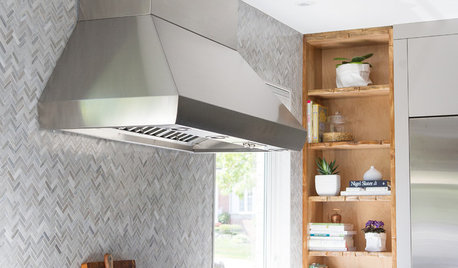
KITCHEN DESIGNKitchen of the Week: Function and Flow Come First
A designer helps a passionate cook and her family plan out every detail for cooking, storage and gathering
Full Story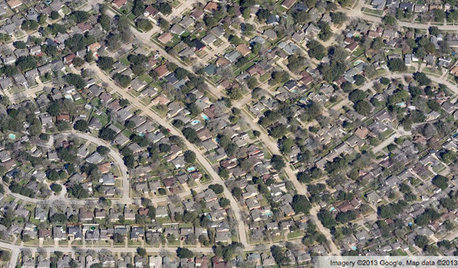
COMMUNITYGet a Bird's-Eye View of America's Housing Patterns
See the big picture of how suburban developments are changing the country's landscape, with aerial photos and ideas for the future
Full Story
KITCHEN DESIGNWhat to Know When Choosing a Range Hood
Find out the types of kitchen range hoods available and the options for customized units
Full Story
GREAT HOME PROJECTSUpgrade Your Windows for Beauty, Comfort and Big Energy Savings
Bid drafts or stuffiness farewell and say hello to lower utility bills with new, energy-efficient windows
Full Story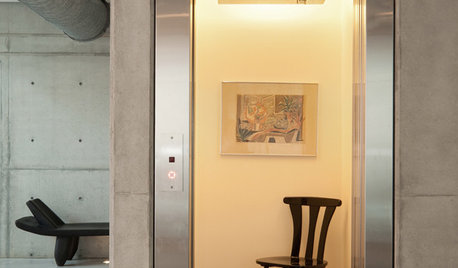
REMODELING GUIDESHome Elevators: A Rising Trend
The increasing popularity of aging in place and universal design are giving home elevators a boost, spurring innovation and lower cost
Full Story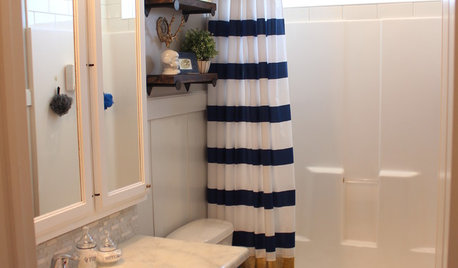
MOST POPULARShe’s Baaack! See a Savvy DIYer’s Dramatic $400 Bathroom Makeover
You’ve already seen her dramatic laundry room makeover. Now check out super budget remodeler Ronda Batchelor’s stunning bathroom update
Full StoryMore Discussions






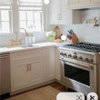
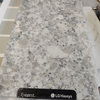


TxMarti